For motorcycle enthusiasts, a reliable battery is just as crucial as a dependable engine. It’s the lifeblood of your machine, delivering the necessary spark to get you on the road. But how long exactly should a motorcycle battery last? Unlike a fuel gauge that steadily depletes, pinpointing a motorcycle battery’s lifespan can be a bit trickier.
This comprehensive guide dives into the factors influencing a motorcycle battery’s longevity, explores different battery types and their lifespans, and equips you with valuable tips to maximize your battery’s performance.
Understanding Motorcycle Battery Lifespan
Motorcycle battery lifespan is influenced by a confluence of factors, making it difficult to provide a blanket answer. Here are some key aspects that play a significant role:
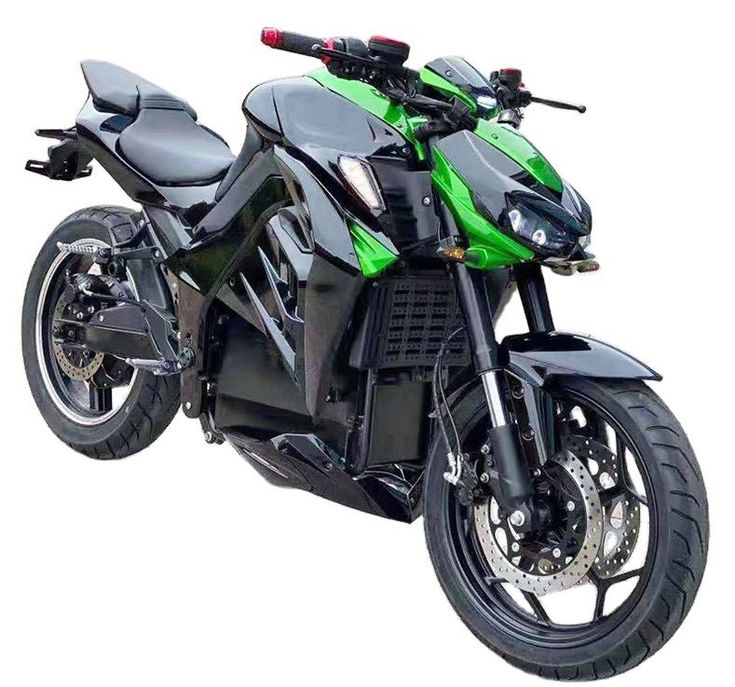
-
Battery Type: The type of battery significantly impacts its lifespan. Lead-acid batteries, the most common type, typically last 2-5 years, while Lithium-ion (Li-ion) batteries can extend that range to 3-7 years.
-
Riding Habits: Frequent short trips can negatively impact battery life. Short rides don’t allow the battery to fully recharge, leading to a gradual discharge over time. Conversely, regular longer rides allow for a more complete recharge cycle, promoting battery health.
-
Storage Conditions: Extreme temperatures, both hot and cold, can shorten a motorcycle battery’s lifespan. Ideally, store your motorcycle in a cool, dry place when not in use. If storing for extended periods, consider a battery tender to maintain a minimal charge.
-
Overall Motorcycle Health: The electrical system’s health can also influence battery life. Electrical issues, such as parasitic drain (leaks that slowly discharge the battery), can strain the battery and shorten its lifespan.
-
Riding Conditions: Frequent stop-and-go traffic or riding in areas with extreme weather conditions can put additional stress on the battery, potentially reducing its lifespan.
By understanding these factors, you can gain valuable insights into how your riding habits and motorcycle care practices impact your battery’s longevity.
Lead-Acid vs. Lithium-Ion Batteries: A Breakdown
The two main types of motorcycle batteries – lead-acid and lithium-ion – offer distinct characteristics and lifespans:
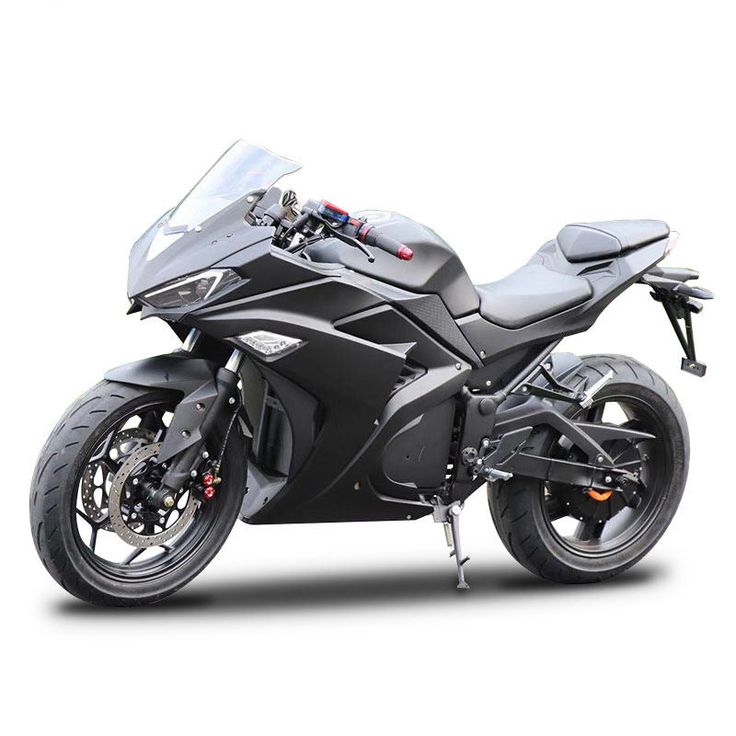
- Lead-Acid Batteries:
These are the most common and affordable option. They typically last 2-5 years, depending on usage and care. Lead-acid batteries require periodic maintenance, such as checking and topping up the electrolyte levels (in flooded batteries).
Pros: Affordable, readily available, relatively easy to maintain.
Cons: Shorter lifespan compared to Li-ion, heavier weight, requires electrolyte maintenance (flooded batteries).
- Lithium-Ion (Li-ion) Batteries:
Li-ion batteries offer a longer lifespan, typically lasting 3-7 years, and are maintenance-free. They’re also lighter and have a higher cranking power, making them ideal for high-performance motorcycles. However, Li-ion batteries come with a higher price tag.
Pros: Longer lifespan, lighter weight, maintenance-free, higher cranking power.
Cons: More expensive than lead-acid batteries, may require a compatible charging system for some motorcycles.
Choosing the right battery type depends on your budget, riding habits, and motorcycle’s specifications. Consider the trade-offs between affordability, maintenance requirements, and lifespan when making your decision.
Maximizing Your Motorcycle Battery’s Lifespan
Regardless of the battery type, proactive measures can significantly extend its lifespan:
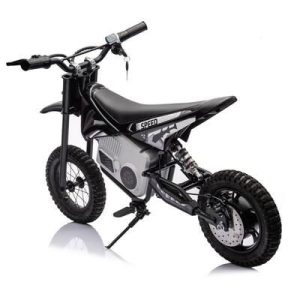
-
Maintain a Clean and Healthy Electrical System: Regularly check your motorcycle’s electrical system for any signs of corrosion or loose connections. Address any electrical issues promptly to prevent parasitic drain on the battery.
-
Practice Smart Charging: Avoid letting your battery completely discharge. If your motorcycle sits unused for extended periods, consider using a battery tender to maintain a minimal charge and prevent sulfation (crystallization of lead sulfate plates that reduces battery capacity).
-
Keep it Cool: Extreme heat can damage a motorcycle battery. Park your motorcycle in a shaded area whenever possible and avoid storing it in direct sunlight.
-
Upgrade to a Battery Tender: A battery tender connects to your motorcycle’s battery and supplies a small continuous charge to maintain its health during storage. This is particularly beneficial for motorcycles used seasonally.
-
Invest in a Quality Charger: Using a high-quality battery charger specifically designed for motorcycles helps ensure proper charging and prevents damage from overcharging.
By following these simple yet effective practices, you can significantly extend the lifespan of your motorcycle battery and avoid inconvenient breakdowns.
Spotting the Signs: When to Replace Your Motorcycle Battery
Even with proper care, all motorcycle batteries eventually reach the end of their lifespan. Here are some signs that indicate a battery replacement might be necessary:
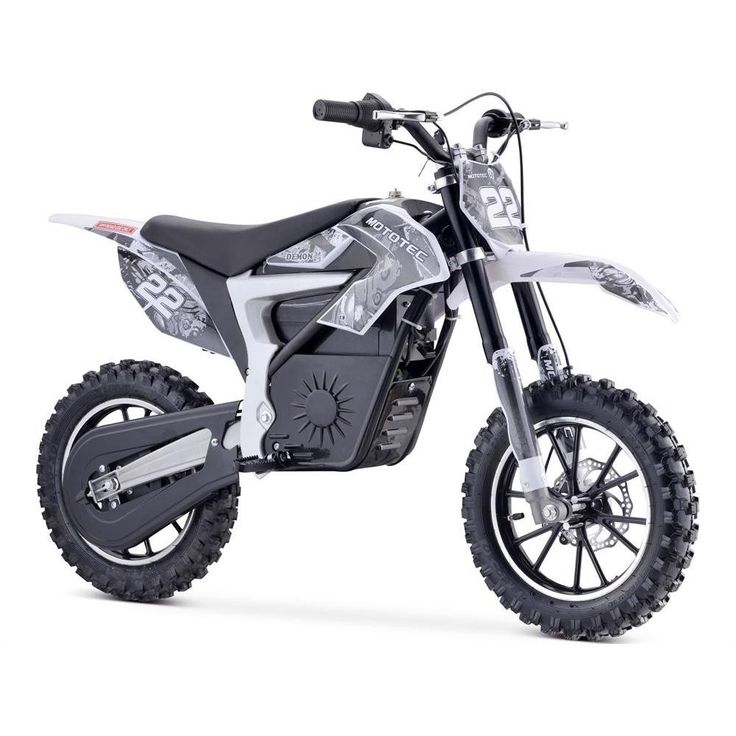
-
Slow Cranking: If your motorcycle struggles to crank over, especially on colder mornings, it’s a strong indicator that the battery might be nearing the end of its life and lacking sufficient power to start the engine.
-
Dim Lights: A weak battery can also manifest in dimmed headlights, taillights, and other electrical components. This is because the battery can’t provide the necessary voltage to power them adequately.
-
Electrical System Issues: Frequent electrical problems, such as flickering lights or malfunctioning electronics, can point towards a failing battery that’s no longer supplying consistent power.
-
Battery Age: As a general rule, consider replacing your motorcycle battery after 4-5 years, even if you haven’t experienced any noticeable issues. Batteries degrade naturally over time, and a proactive replacement can prevent unexpected breakdowns on the road.
-
Visible Damage: If you notice any physical damage to the battery case, such as cracks, leaks, or bulging, it’s crucial to replace the battery immediately. Damaged batteries pose a safety risk and should not be used.
By staying alert to these warning signs, you can ensure a timely replacement and avoid getting stranded with a dead battery.
Choosing the Right Replacement Battery
When replacing your motorcycle battery, selecting the right one is crucial. Here are some key factors to consider:
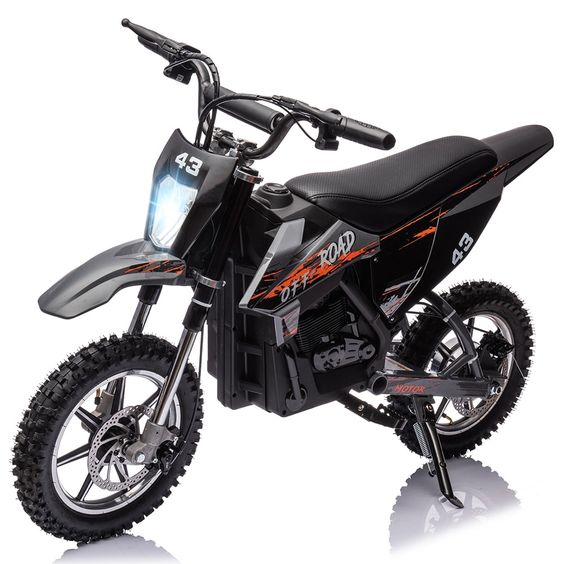
-
Battery Type: Stick with the same type of battery your motorcycle originally came with (lead-acid or Li-ion). Mixing types can lead to compatibility issues with your motorcycle’s electrical system.
-
Cold Cranking Amps (CCA): CCA rating indicates the battery’s cranking power at low temperatures. Choose a battery with a CCA rating that meets or exceeds the manufacturer’s recommendation for your motorcycle model.
-
Battery Size: Ensure the replacement battery has the same physical dimensions (length, width, and height) as your original battery to ensure proper fitment in the battery compartment.
-
Brand Reputation: Opt for a reputable motorcycle battery brand known for quality and reliability. While price is a consideration, prioritize brands with a proven track record of performance and durability.
Consult your motorcycle’s owner’s manual or a qualified mechanic for specific recommendations on choosing the right replacement battery.
Invest in Your Ride: Ensure Long-lasting Performance (How Long Should a Motorcycle Battery Last?)
A reliable motorcycle battery is an essential investment for a smooth and enjoyable riding experience. By understanding the factors influencing battery lifespan, choosing the right type for your needs, and implementing proper care practices, you can maximize your battery’s performance and avoid inconvenient breakdowns.